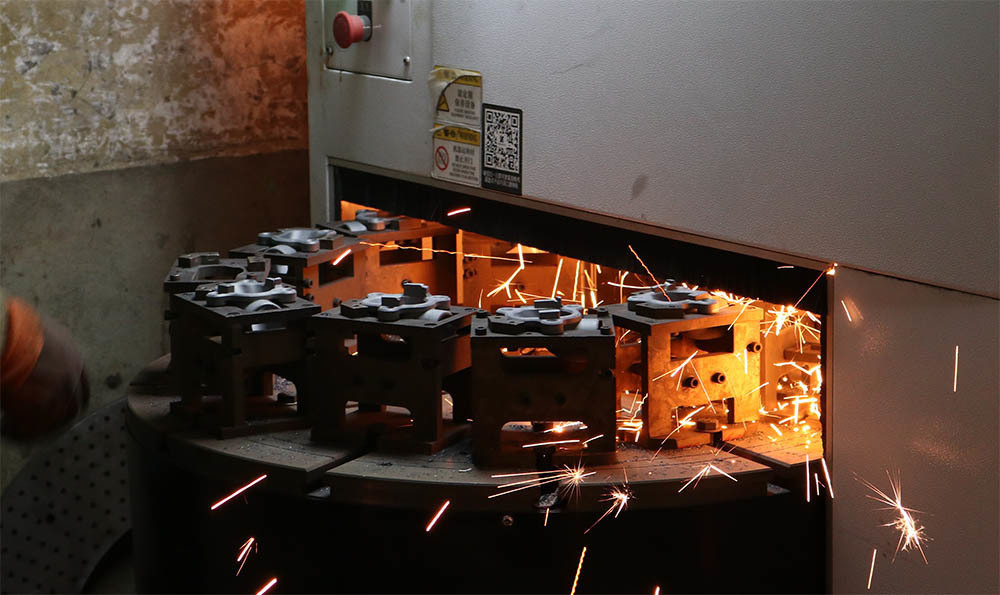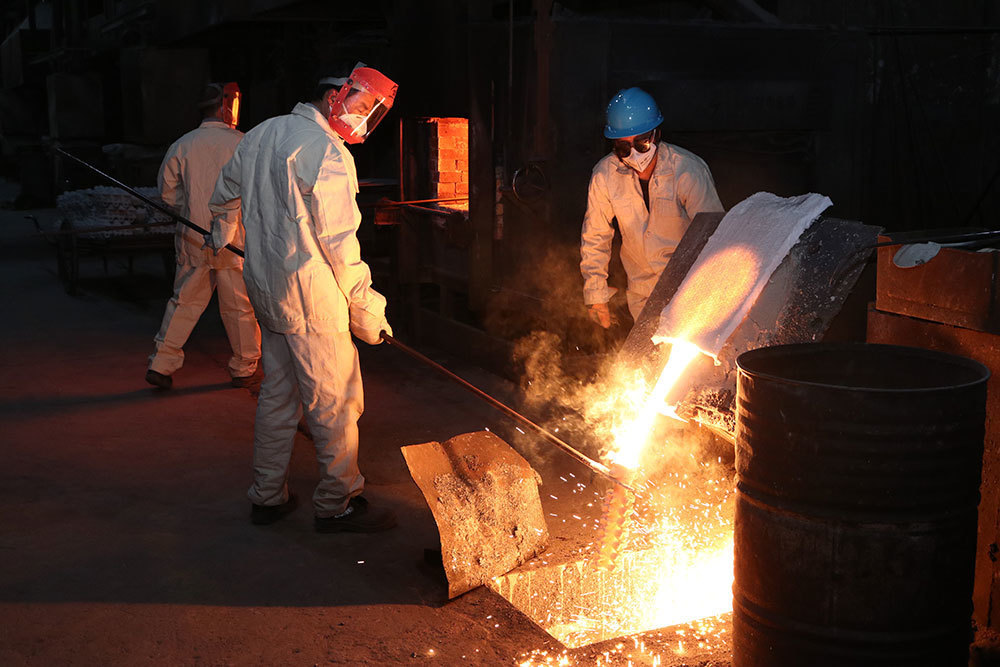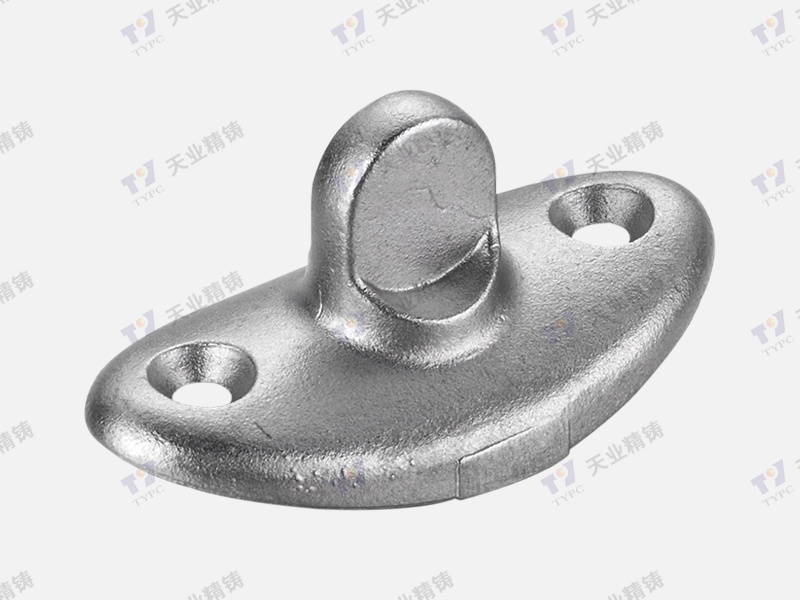2025-06-16
Enhancing Durability: The Importance of Proper Coating for Transmission Fork Castings
Enhancing Durability: The Importance of Proper Coating for Transmission Fork Castings
Introduction to Transmission Fork Castings
Transmission fork castings play a vital role in the functioning of machinery in various industrial applications. These components are essential for controlling the operation of gears and ensuring smooth transitions during operation. Given their importance, enhancing the durability of transmission fork castings is paramount. One of the most effective strategies to achieve this is through proper coating.
Understanding the Role of Coatings in Durability
Coatings serve as protective layers designed to shield the underlying material from environmental factors, wear, and corrosive substances. The importance of **proper coatings** cannot be overstated, especially in high-stress environments where transmission fork castings are commonly used.
Types of Coatings for Transmission Fork Castings
Selecting the right type of coating can enhance the lifespan and performance of transmission fork castings. Some common coating types include:
1. Epoxy Coatings
Epoxy coatings provide excellent adhesion and chemical resistance, making them suitable for environments exposed to oils and solvents. They form a tough barrier that protects against corrosion and abrasion.
2. Powder Coatings
Powder coatings are applied electrostatically and cured under heat, creating a robust finish. This type of coating is highly resistant to chipping, scratching, and fading, making it ideal for transmission fork castings that experience significant wear.
3. Zinc Coatings
Zinc coatings offer cathodic protection, preventing rust formation on steel and iron components. This is particularly useful for transmission fork castings that are exposed to moisture and harsh conditions.
4. Ceramic Coatings
Ceramic coatings provide superior thermal resistance and hardness. They are particularly effective in high-temperature applications, protecting against wear and thermal degradation.
Factors to Consider When Choosing Coating Materials
When selecting a coating material for transmission fork castings, several factors should be considered:
1. Environment
Assess the operating environment of the transmission components. Factors such as humidity, temperature, and exposure to chemicals can significantly influence the durability of the coating.
2. Application Method
Different coatings require various application methods, such as spraying, dipping, or powder coating. The method chosen can affect the thickness and uniformity of the coating, impacting durability.
3. Cost-Effectiveness
While high-performance coatings may have a higher upfront cost, their ability to extend the lifespan of components can result in long-term savings by reducing maintenance and replacement costs.
Application Techniques for Optimal Coating
To ensure that coatings provide maximum protection, proper application techniques are crucial. Here, we will discuss the best practices for applying coatings to transmission fork castings.
Surface Preparation
Before applying any coating, the surface of the transmission fork castings must be thoroughly cleaned and prepared. This includes:
- **Removing Rust and Corrosion**: Use sandblasting or chemical treatments to eliminate rust and old coatings.
- **Degreasing**: Ensure the surface is free from oil and contaminants by using appropriate degreasing agents.
- **Roughening the Surface**: Creating a rough surface profile can enhance the adhesion of the coating.
Application Methods
Depending on the type of coating chosen, different application methods may be necessary:
- **Spraying**: Ideal for liquid coatings, providing uniform coverage.
- **Dipping**: Effective for complete coverage, particularly for small parts.
- **Electrostatic Powder Coating**: Offers even coverage and is suitable for complex shapes.
Curing and Finishing
After application, curing is essential to achieve the desired properties of the coating. Follow manufacturer guidelines for curing times and temperatures to ensure optimal adhesion and durability.
Maintenance of Coated Transmission Fork Castings
Regular maintenance plays a critical role in prolonging the life of transmission fork castings, even when properly coated. Here are some maintenance strategies to consider:
Regular Inspections
Conduct routine inspections to check for signs of wear, corrosion, or damage to the coating. Early detection can prevent costly repairs or replacements.
Cleaning Procedures
Implement cleaning procedures to remove dirt, oils, and other contaminants that may compromise the coating's effectiveness. Use non-abrasive cleaners to avoid damaging the coating.
Reapplication of Coating
Based on inspection results, plan for periodic reapplication of the coating to maintain optimal performance. The frequency will depend on the operating environment and wear patterns.
Case Studies: Success Stories of Coated Transmission Fork Castings
Real-world examples illustrate the effectiveness of proper coating on transmission fork castings. Here are a few notable case studies:
Case Study 1: Manufacturing Facility
A manufacturing facility faced frequent failures of transmission fork castings due to corrosion. After switching to epoxy coatings, they reported a **50% reduction** in component replacements over three years.
Case Study 2: Automotive Industry
An automotive company implemented ceramic coatings on their transmission components, resulting in improved heat resistance and performance. They achieved **20% better fuel efficiency** due to reduced friction.
Case Study 3: Heavy Machinery
Heavy machinery operators adopted powder coatings for their transmission fork castings. This change led to enhanced durability and a **30% decrease** in maintenance downtime due to less frequent failures.
Conclusion
In conclusion, the importance of proper coating for transmission fork castings cannot be overstated. Selecting the right coating material, applying it correctly, and maintaining the coated components are essential to enhancing durability and overall performance. By investing in quality coatings, industries can significantly reduce downtime, maintenance costs, and extend the lifespan of their equipment. Embracing these practices not only improves operational efficiency but also contributes to the sustainability of industrial processes.
Frequently Asked Questions (FAQs)
1. What is the best coating for transmission fork castings?
The best coating depends on the operating environment. Epoxy and powder coatings are popular choices for their durability and resistance to wear.
2. How often should I inspect coated transmission fork castings?
Regular inspections should be conducted every few months or as per the manufacturer's guidelines to identify any signs of wear or damage.
3. Can I apply a new coating over an old one?
It is recommended to remove the old coating before applying a new one to ensure proper adhesion and effectiveness.
4. What factors influence the choice of coating material?
Factors include the operating environment, required durability, cost-effectiveness, and application method.
5. How can I extend the life of coated transmission fork castings?
Regular maintenance, inspections, and cleaning procedures can significantly extend the life of coated transmission fork castings.









